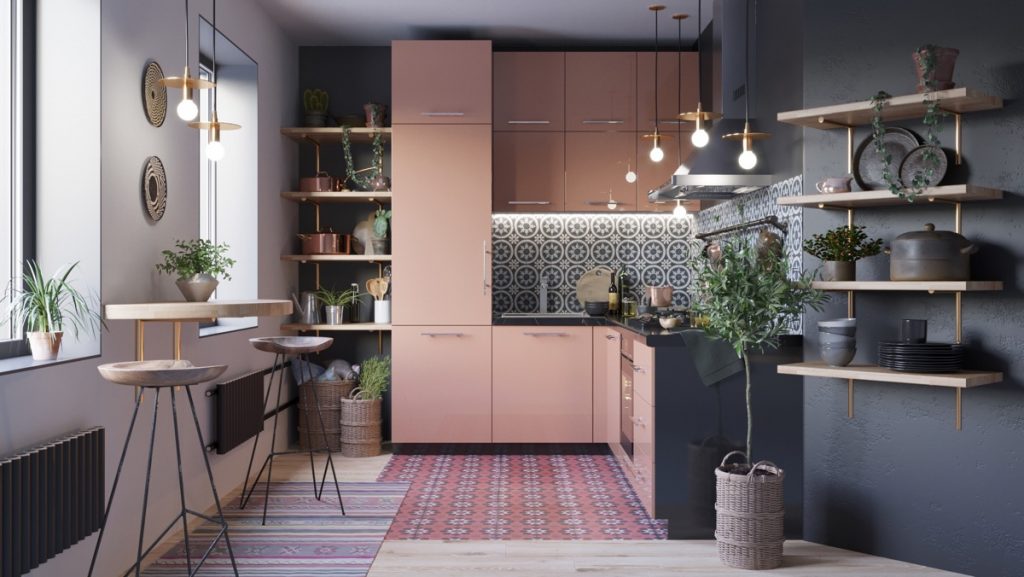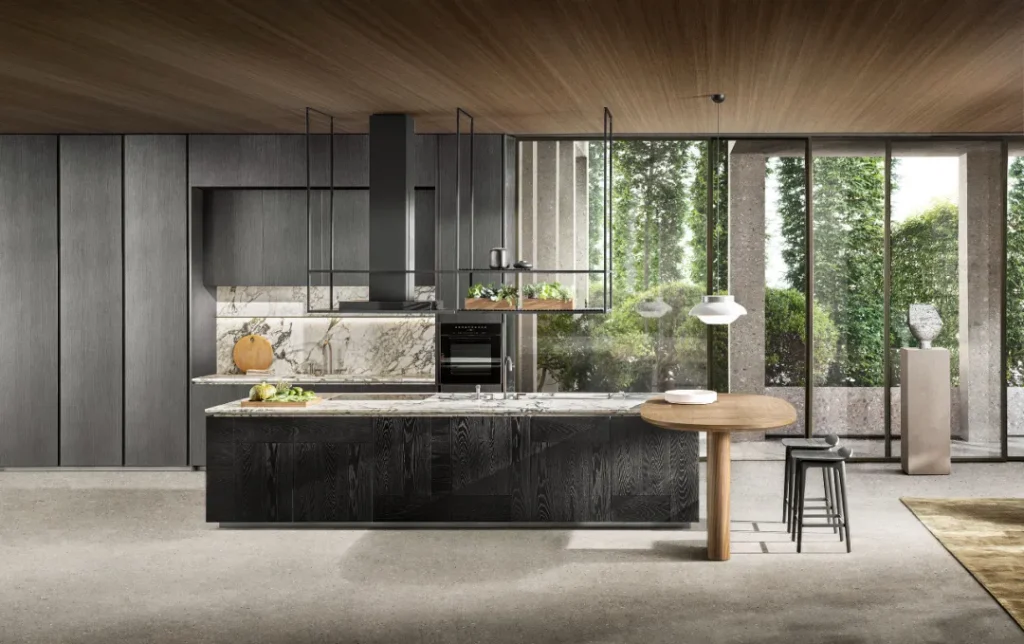The Victorian Kitchen: Illuminating the Past with Light

Introduction
The Victorian era was a time of great innovation and progress in kitchen design and technology. The introduction of gas lighting in the mid-1800s allowed for brighter, safer, and more efficient kitchens. Kitchen lighting became not just a practical necessity, but also an important element of Victorian kitchen design. In this article, we will explore the history of Victorian kitchen lighting and its influence on modern kitchen design.
The Evolution of Victorian Kitchen Lighting
Before the introduction of gas lighting, kitchens were typically dimly lit with candles or oil lamps. These sources of light were expensive and often dangerous, as they presented a fire hazard. With the advent of gas lighting, kitchens were transformed. Gas lamps provided a brighter, safer, and more efficient source of light, allowing for greater productivity in the kitchen.
Gas lighting was initially expensive and only available to the wealthy. But as the technology improved and prices dropped, gas lighting became more widely used. By the latter part of the 19th century, gas lighting was a common feature in Victorian kitchens of all classes.
In addition to gas lighting, other lighting innovations emerged during the Victorian era. Electric lighting was introduced in the 1880s, though it was initially too expensive and unreliable for widespread use. Later in the 19th century, incandescent light bulbs became popular, providing a softer, more natural light than gas or electric sources.
The Role of Lighting in Victorian Kitchen Design
Victorian kitchen design was focused on both practicality and aesthetics. In addition to being a functional workspace, the kitchen was also a showcase for the homeowner’s taste and style. Lighting played an important role in both of these aspects of kitchen design.
Gas lamps and chandeliers were popular in Victorian kitchens, often featuring elaborate glass shades or ornate metalwork. These fixtures were not only functional, but also served as decorative elements. The use of gas lighting allowed for larger, more impressive fixtures than had been possible with candles or oil lamps, and the beauty and complexity of these fixtures became a status symbol for the homeowner.
Victorian kitchens often featured a mix of gas lamps and natural light sources, such as windows and skylights. This combination allowed for a well-lit, airy space that was both functional and inviting. The use of mirrors was also common, reflecting light and creating the illusion of a larger space.
The Influence of Victorian Kitchen Lighting on Modern Design
The innovations and design elements of Victorian kitchen lighting continue to influence modern kitchen design. Gas lamps and chandeliers are still popular in today’s kitchens, often with a modern twist. Energy-efficient electric lighting has largely replaced gas and incandescent sources, but the focus on bright, well-lit spaces remains.
The Victorian emphasis on the dual role of lighting as both practical and decorative has also persisted. Lighting fixtures are often chosen not only for their function, but also for their style and visual impact. The use of natural light sources and mirrors to enhance the feeling of space in the kitchen is also a common modern design feature.



